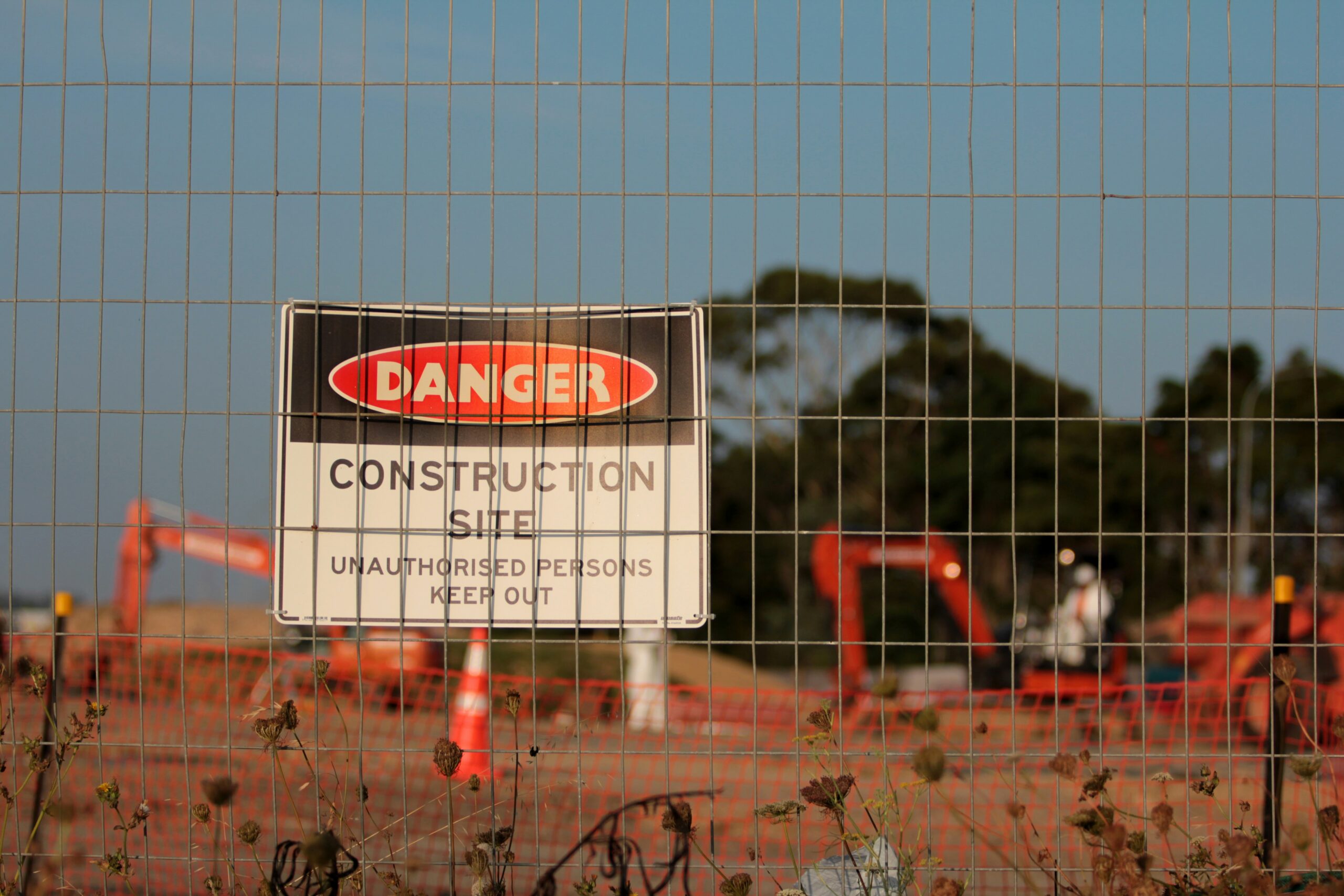‘We’ll get shovels in the ground, cranes in the sky and build the next generation of Labour new towns’
Under their manifesto mantra to ‘get Britain building again’ the Labour government has big plans for the construction industry. But will Labour’s plan to build 1.5 million new homes and boost brownfield funding cause construction claims to come crashing down on the insurance market?
Recent Health and Safety Executive (HSE) and the Labour Force Survey (LFS) research reveals that UK construction worker fatalities are 70% higher than 5 years ago with 51 deaths and 53,000 non-fatal injuries. A further 69,000 construction workers suffered with work-related ill health. This trajectory must be addressed by the sector which is poised to be pushed to its limits to fulfil Labour’s ambitious new home building targets.
H&S issues contribute to 2.6 million working days lost annually which underpins the need for enhanced safety standards as more brown and green sites are set to be bought, bulldozed and built on.
John Cowell, our Senior Class Underwriter examines the risks associated with brownfield development and satisfying the relentless housing market demand.
A £68 million funding boost has been issued to 54 councils to transform disused and neglected brownfield sites including derelict buildings, former car parks and industrial sites into new homes. The government is also considering redesignating greenbelt if needed to fill the deep housing shortfall.
The concern for the insurance industry stems from the regulation of construction site H&S procedures, policies and conditions, post-build construction defects and new-build warranties. The pressure on liability insurers is further compounded by the skills deficit, labour shortage and omnipresent regulatory and environmental concerns.
More risk exposure, more insurance claims.
Environmental factors pose a significant risk to brownfield developments, particularly if the sites harbor unknown contamination or ground conditions. From metal corrosion and material degradation to crumbling and cracking concrete, structural and foundation failures are a major risk factor.
Brownfield land is often located on former industrial sites where drainage systems have been removed which means they can become prone to flood risks. Similarly, developments on or near a flood plain in rural and urban areas could also result in a surge in flood related claims.
The UK’s labour skills shortage is another major issue. A 2024 report published by the Construction Industry Training Board found that the UK construction industry needs to attract 50,300 extra workers per year to meet expected demand over the next five years.
The concern is that less skilled tradesmen plug this gap resulting in inefficient and unsafe working conditions and substandard buildings which can lead to more claims and invalidated builder warranties. But who pays the price of this below-par workmanship?
Insurers may bear the brunt of having to pay for repairs if defects and damage fall under new home warranty policies.
Changes in legislation are having a significant impact on the construction industry. The Defective Premises Act (DPA) 1972 aims to ensure that new builds or refurbishments meet specified standards, and it allows homeowners or tenants to claim compensation if a building is deemed unfit for habitation.
The Building Safety Act 2022 (BSA) significantly increased the period in which a claim can be brought against a builder from 7 to 15 years. This new limitation period has extended the volume and scope of liability claims across the entire construction sector.
Will the risks be worth the reward of creating communities, building better homes and helping people get on the property ladder? The proof will be in the 1.5 million homes.
Stat sources: https://www.constructionnews.co.uk/health-and-safety/construction-fatalities-70-worse-than-five-years-ago-04-07-2024/ https://protecting.co.uk/construction-health-and-safety-statistics/
